Your location:Home >Automotive News >
Time:2022-06-10 10:37:27Source:
When temperatures drop below freezing, cellphones need to be charged frequently, andelectric vehicleshave shorter ranges.That's because the anodes of the device's lithium-ion batteries become sluggish, holding less charge and draining energy quickly.
In order to improve electrical performance in extreme cold conditions, researchers at the American Chemical Society (ACS) say they have replaced the traditional graphite anode in lithium-ion batteries with a bumpy carbon-based material,media reported. Maintains its rechargeable storage capacity at -35°C.Related papers have been published in the journal ACS Central Science.
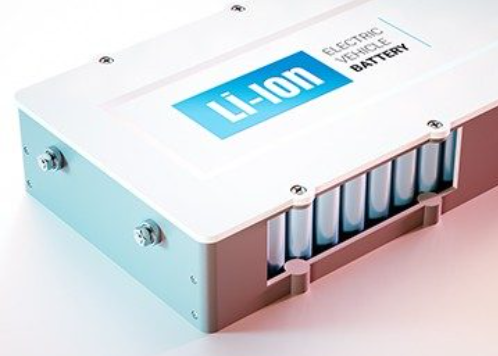
Image credit: American Chemical Society
Lithium-ion batteries are ideal for powering rechargeable electronics because they can store a lot of energy and have a long lifespan.But when the temperature is below freezing, the electrical performance of the battery is degraded, and when the temperature is very low, the battery may not be able to transfer any charge.That's why some people living in the American Midwest can't get access to electric vehicles during harsh winters, and why using these batteries in space exploration is risky.
Recently, scientists determined that the flattened orientation of graphite in the anode is responsible for the reduction in the ability of lithium-ion batteries to store energy in the cold.Therefore, researchers Xi Wang, Jiannian Yao and their colleagues hope to modify the surface structure of carbon-based materials to improve the charge transfer process of the anode.
To make the new material, the researchers heated a cobalt-containing zeolitic imidazolate structure material (ZIF-67) at high temperatures.The resulting 12-sided carbon nanospheres have uneven surfaces and exhibit excellent charge transfer ability.The team then tested the material's electrical properties as the anode and lithium metal as the cathode in a coin-shaped battery.The battery anode exhibits stable charge and discharge performance in the temperature range of 25°C to -20°C, and maintains 85.9% of the room temperature energy storage capacity at slightly below freezing point.
In contrast, lithium-ion batteries made with other carbon-based anodes, including graphite and carbon nanotubes, are nearly unchargeable at freezing temperatures.When the researchers lowered the air temperature to -35°C, the anode made of bumpy nanospheres could still be charged and, during discharge, released nearly 100 percent of the battery's charge.By incorporating the bumpy nanosphere material into lithium-ion batteries, the batteries could potentially be used at extremely low temperatures, the researchers said.
Statement: the article only represents the views of the original author and does not represent the position of this website; If there is infringement or violation, you can directly feed back to this website, and we will modify or delete it.
Preferredproduct
Picture and textrecommendation

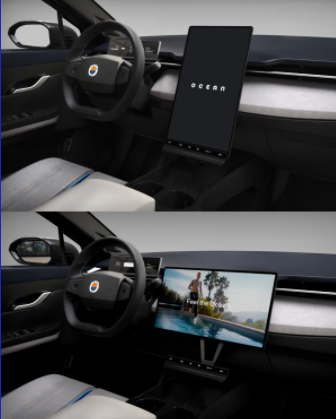
2022-06-10 10:36:07

2022-06-10 10:35:19
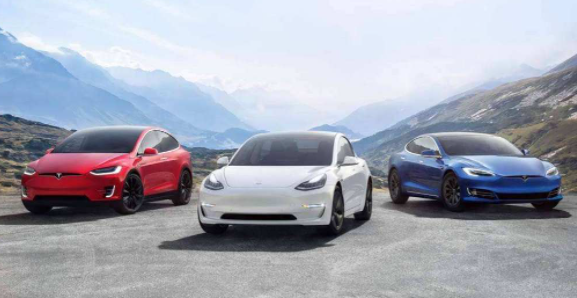
2022-06-10 10:34:51
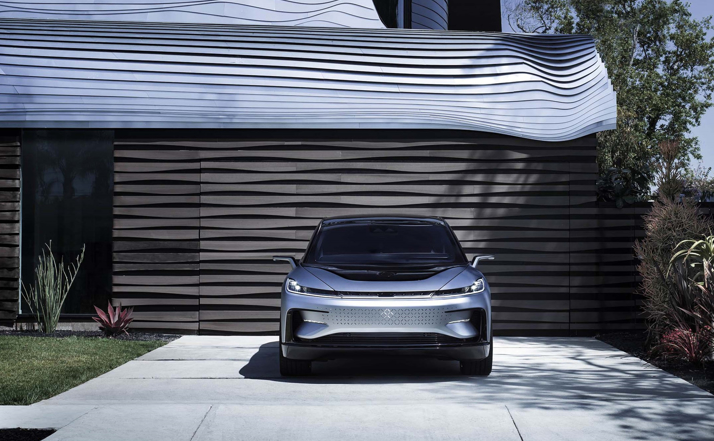
2022-06-10 10:34:26
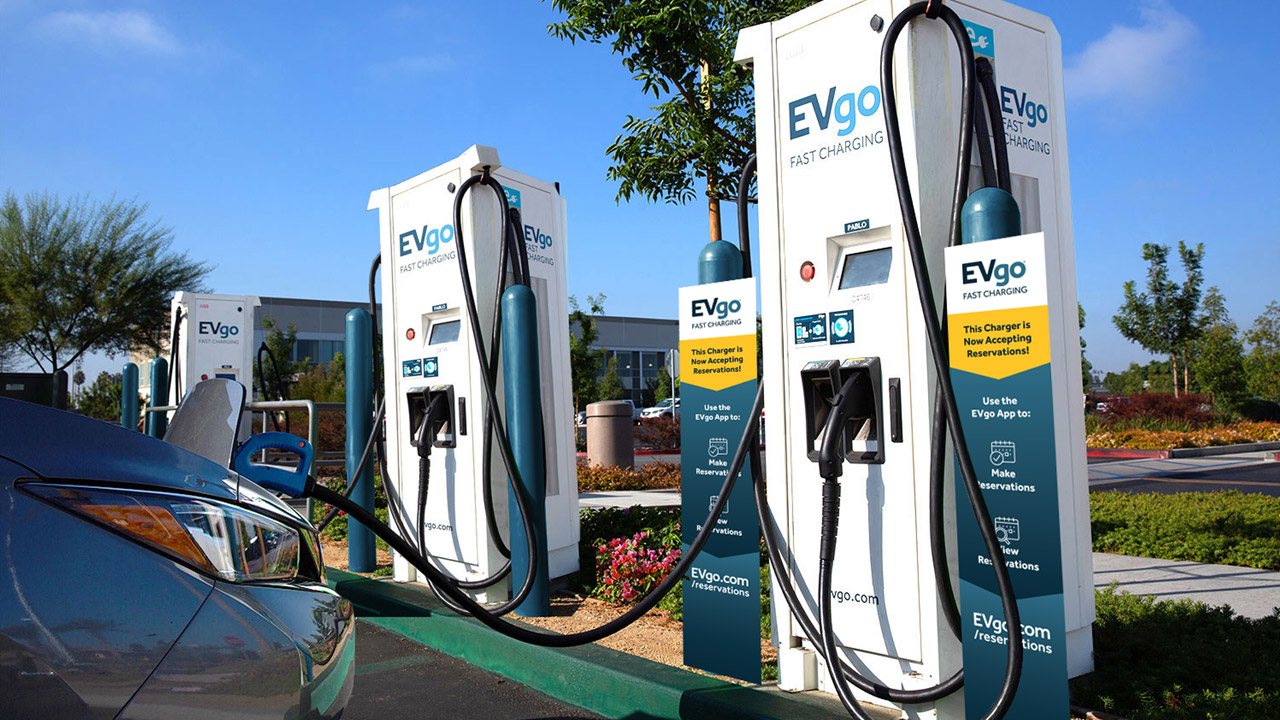
2022-06-10 10:33:52
Hot spotsranking
Wonderfularticles
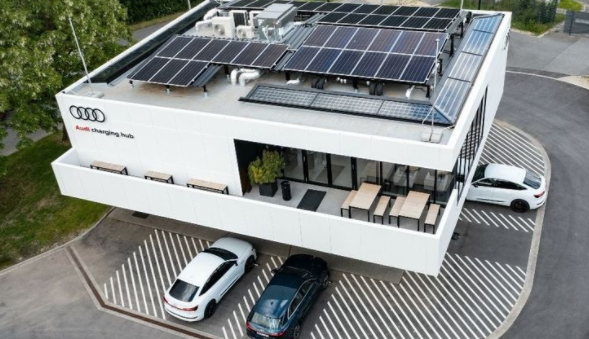
2022-06-10 10:33:17
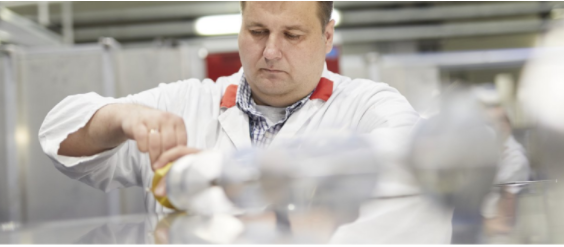
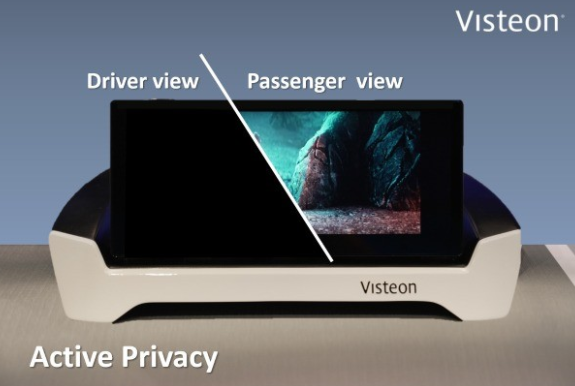
2022-06-10 10:31:51
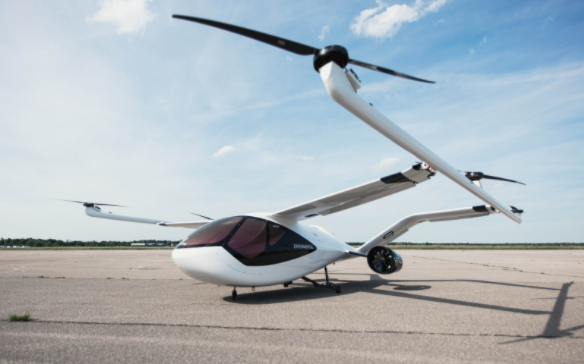
2022-06-10 10:31:23
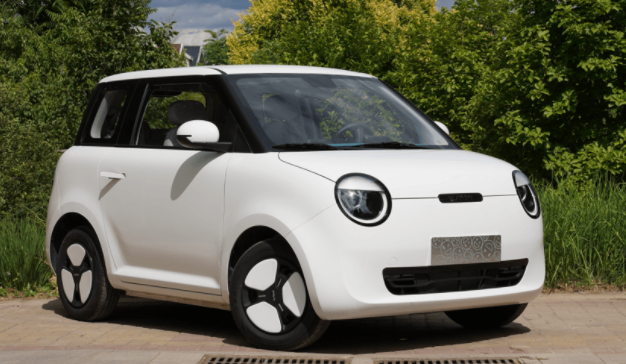
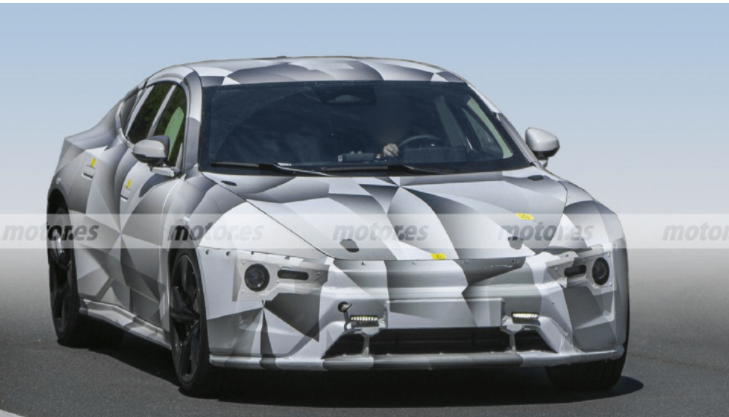
2022-06-10 10:30:25
Popularrecommendations
